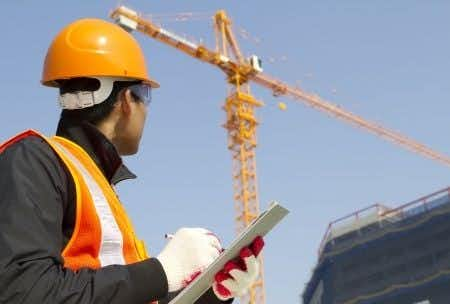A crane expert advises on a case involving a crane operator who was crushed by a swinging load. Plaintiff, a railroad car-man was severely and permanently injured while working at a railroad car derailment on track owned by the defendant chemical company. A train crew had been transporting several loaded, covered hopper freight cars to the defendant’s yard. A number of previous derailments had occurred at this same location. The chemical company hired the railroad to clear the derailment, which involved removing the derailed railroad cars or placing them back onto the railroad tracks. On the third day of the derailment clean up, the crew was working on the last two derailed cars. Plaintiff was assigned to operate the rerailer mobile crane. An elevated pad made from imported earthen materials and railroad ballast was built by a front end loader operator on the south side of, and between the last two cars. The crane was moved onto the pad and the outriggers were deployed. The first car was rerailed without incident, but when plaintiff lifted the second car, the top of the car rolled toward the south onto the cane, crushing the crane operator’s cab. Plaintiff was trapped inside the crushed cab and received severe, permanent, injuries.
Plaintiff hired a crane expert and filed a negligence action against the track and yard owner, its safety contractor and the railroad company.
Question(s) For Expert Witness
1. What caused the incident?
2. Who was responsible for violation of industry and safety standards?
Expert Witness Response
Feedback provided by a crane expert with over 25 years of industry experience.
Defendant and its railroad maintenance contractor failed to safely maintain and/or inspect the section of rails at the defendant’s site. The derailment site has had chronic derailments. The railroad’s work practices at the derailment fell below the standard of care and were in violation and/or contrary to regulations, standards, standards of care, and its own policies. These practices include but are not limited to:
• The crane was not maintained and setup as required by both the manufacturer and railroad policy.
• A significant change in the work plan, “not rolling” the east car, was not addressed in a job briefing
• The railroad foreman at the derailment site had limited experience supervising derailments. His work practices showed a lack of knowledge and/or disregard for regulations, standards, standards of care, and company policies.
• The “Cat” was not positioned, as a safety measure, to the south of the east car. This could have prevented the car from rolling onto the crane.
• After the west car was rerailed, the crane was not repositioned to lift the west end of the east car. Repositioning the crane would have removed it from harm's way.
• The earthen and/or ballast pad constructed between the derailed cars was not built to allow the crane to be repositioned.
• The west end of the east car should never have been lifted by the “coupler.” The improper rigging used to lift the car was a direct and proximate cause of plaintiff’s injuries. The loaded, unbalanced car should have been lifted with the “double enders” rigging, which was heavier and harder to use.
• Additional discovery will likely show that the railroad employees working at the derailment had not been adequately trained and provided company documents
There were multiple causes, all of which were avoidable and preventable, that contributed to the incident in which the plaintiff was severely injured.
About the author
Kristin Casler
Kristin Casler is a seasoned legal writer and journalist with an extensive background in litigation news coverage. For 17 years, she served as the editor for LexisNexis Mealey’s litigation news monitor, a role that positioned her at the forefront of reporting on pivotal legal developments. Her expertise includes covering cases related to the Supreme Court's expert admissibility ruling in Daubert v. Merrell Dow Pharmaceuticals Inc., a critical area in both civil and criminal litigation concerning the challenges of 'junk science' testimony.
Kristin's work primarily involves reporting on a diverse range of legal subjects, with particular emphasis on cases in asbestos litigation, insurance, personal injury, antitrust, mortgage lending, and testimony issues in conviction cases. Her contributions as a journalist have been instrumental in providing in-depth, informed analysis on the evolving landscape of these complex legal areas. Her ability to dissect and communicate intricate legal proceedings and rulings makes her a valuable resource in the legal journalism field.



